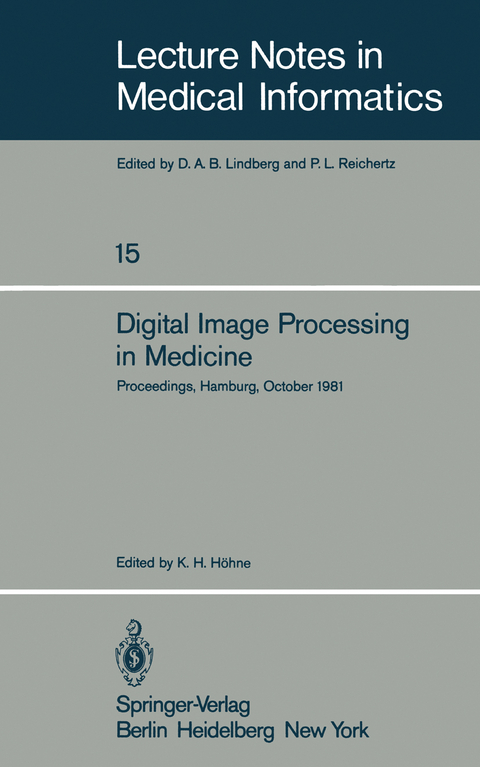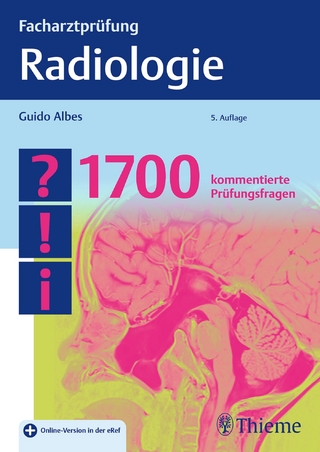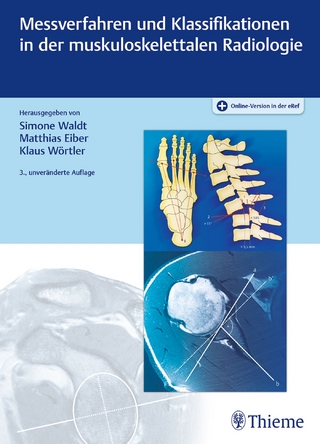
Digital Image Processing in Medicine
Springer Berlin (Verlag)
978-3-540-10877-1 (ISBN)
Digital cardiovascular Radiology Medical motivations and technical developments.- The processing and analysis of radiographic image sequences.- 1. Introduction.- 2. Principles and problems.- 3. Processing methods for image sequences.- 4. Implementation aspects.- 5. Conclusion.- CT techniques in medical imaging.- 1. Introduction.- 2. X-ray computerized tomography - about the principle and the state-of-the-art.- 3. CT procedures with different information carriers.- 4. Conclusion.- 5. Summary.- Three-dimensional imaging from tomograms.- 1. Introduction.- 2. Discrete 3D scenes.- 3. Objects and their surfaces.- 4. Surface detection of 1-objects in binary scenes.- 5. Display of organ surfaces.- 6. Recent advances in the cuberille approach.- 7. Clinical examples.- 8. Discussion.- High speed acquisition, recognition and retrieval of cells and cell-like objects.- 1. Introduction.- 2. Data acquisition.- 3. Data compression.- 4. Data recall.- 5. Data processing.- 6. Conclusion.- Medical picture base systems.- Abstract.- 1. User's situation.- 2. Technological situation.- 3. System aspects.- Planar imaging and picture analysis in nuclear medicine.- 1. Introduction.- 2. Radionuclide image formation.- 3. Image analysis.- 4. Selected applications.- 5. Evaluation (Decision making).- 6. Conclusion.
| Erscheint lt. Verlag | 1.9.1981 |
|---|---|
| Reihe/Serie | Lecture Notes in Medical Informatics |
| Zusatzinfo | VIII, 197 p. |
| Verlagsort | Berlin |
| Sprache | englisch |
| Maße | 170 x 244 mm |
| Gewicht | 405 g |
| Themenwelt | Mathematik / Informatik ► Mathematik ► Wahrscheinlichkeit / Kombinatorik |
| Medizinische Fachgebiete ► Radiologie / Bildgebende Verfahren ► Radiologie | |
| Studium ► Querschnittsbereiche ► Epidemiologie / Med. Biometrie | |
| Schlagworte | Bildverarbeitung • Coding • Computed tomography (CT) • Data acquisition • Image Analysis • Medicine • Medizin |
| ISBN-10 | 3-540-10877-7 / 3540108777 |
| ISBN-13 | 978-3-540-10877-1 / 9783540108771 |
| Zustand | Neuware |
| Haben Sie eine Frage zum Produkt? |
aus dem Bereich


